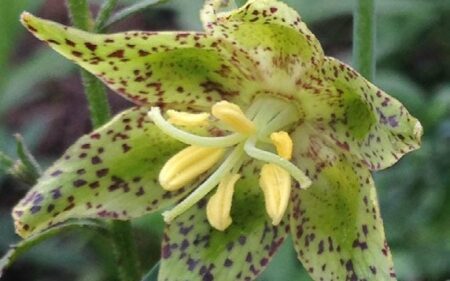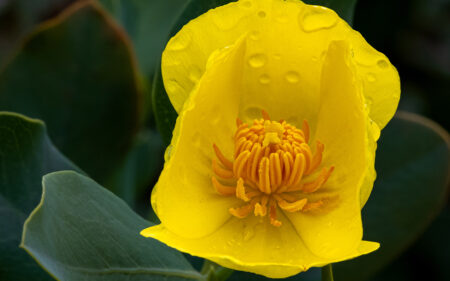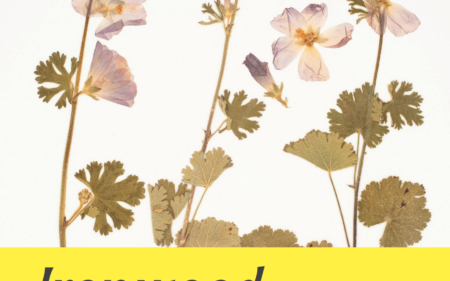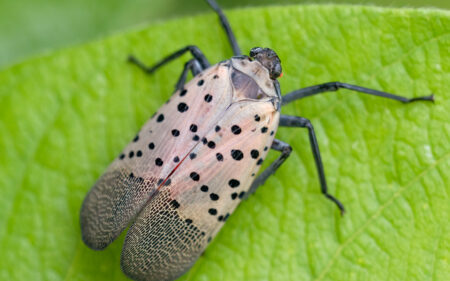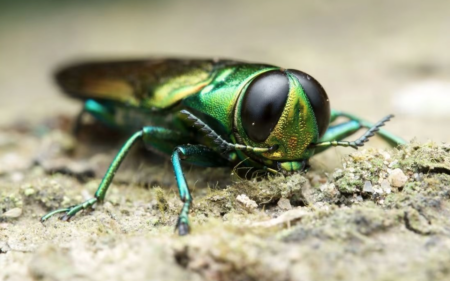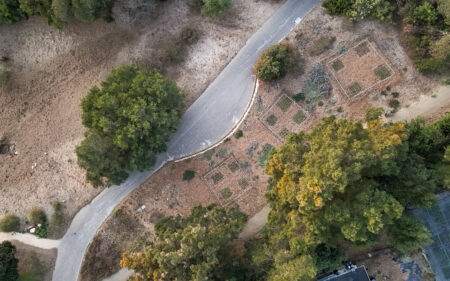Al servicio de las semillas: Historia de dos coleccionistas
¿Alguna vez se ha preguntado qué hacen los técnicos en plantas raras durante el verano? Sacie su curiosidad con esta historia de dos coleccionistas. Pero antes, un poco de historia.
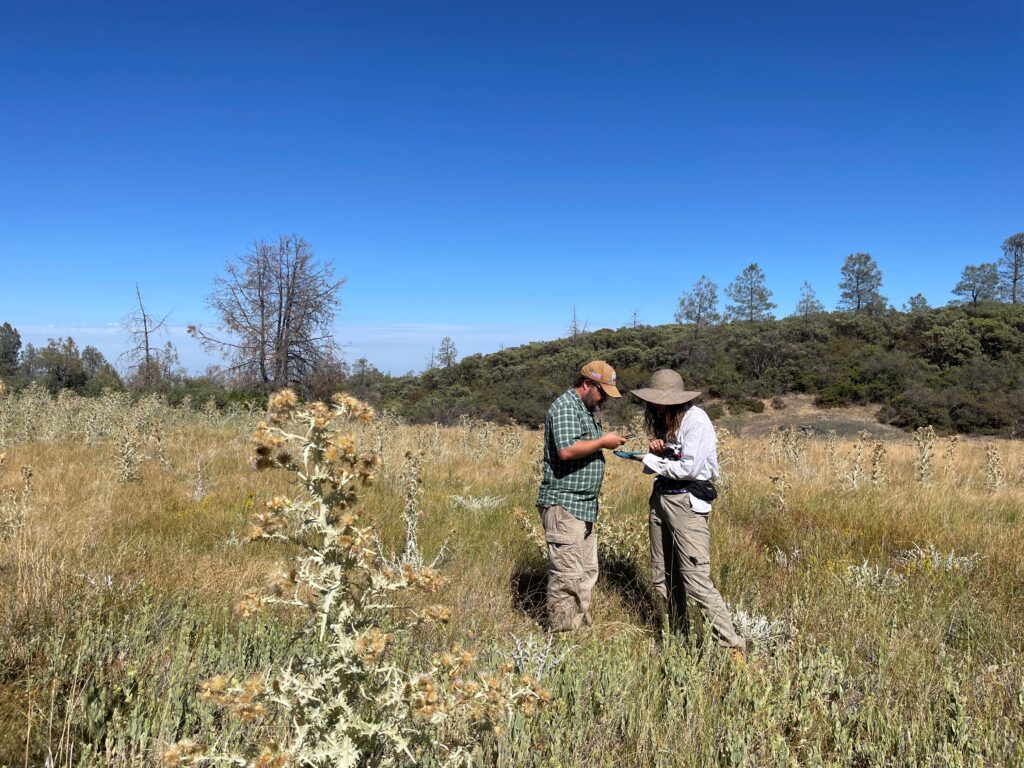
El Departamento de Conservación e Investigación del Jardín Botánico de Santa Bárbara (el Jardín) colabora con muchas organizaciones y agencias para llevar a cabo nuestros proyectos de conservación. En 2022, el Equipo de Conservación de Plantas Raras del Jardín se asoció con el Bureau of Land Management (BLM) para recoger semillas para el programa Seeds of Success.
¿Qué es SOS?
Seeds of Success (SOS) es un programa nacional de recogida de semillas creado en 2001 y dirigido por la BLM. En colaboración con organizaciones de los sectores público y privado, los socios de SOS recogen semillas de especies de plantas autóctonas comunes para la restauración de ecosistemas y la investigación en conservación. La misión es aumentar la calidad y cantidad de materiales de plantas nativas para restaurar y apoyar ecosistemas sanos, resistentes y adaptables. Para lograr este objetivo, las colecciones deben contener semillas genéticamente diversas de múltiples poblaciones de toda el área de distribución geográfica de una especie. Esto significa realizar al menos entre 10 y 20 recolecciones por especie en toda la zona en la que se encuentra. Pueden ser necesarios varios años de recolección para garantizar que las colecciones contengan semillas genéticamente diversas y adaptables. Por esta razón, todos los equipos de SOS están formados para recolectar utilizando el mismo protocolo y coordinar la selección de especies con las oficinas locales.
¿Dónde entra el Jardín?
Dos técnicos del Equipo de Conservación de Plantas Raras, Matt Wang y yo, recibimos formación según este protocolo SOS para la temporada de campo de 2022. Como dos técnicos recién llegados a California, no sabíamos qué esperar de la flora local, pero soñábamos con colinas cubiertas de flores silvestres. Resulta que no tuvimos que soñar mucho tiempo, ¡porque eso es exactamente lo que vimos! A las pocas semanas de estar en el Jardín, hicimos nuestra primera excursión al desfiladero del río San Joaquín, en el condado de Fresno (BLM Bakersfield Field Office). La zona rebosaba de energía primaveral. Los polinizadores estaban en plena actividad y las laderas eran un mosaico de verdes arbustivos, amarillos deAmsinckia , morados deLupinus y blancos deCeanothus. Estábamos impacientes por explorar y encontrar poblaciones prometedoras que explorar para SOS. Nuestros objetivos eran plantas autóctonas, desde herbáceas anuales a arbustos perennes, que fueran apropiadas para la restauración en respuesta a perturbaciones como el pastoreo excesivo, las actividades recreativas o los fenómenos meteorológicos provocados por el cambio climático. Según los protocolos de SOS, cada población explorada debe contener más de 50-100 individuos y producir suficientes semillas para que podamos recolectar el 20% de ellas sin impedir el éxito reproductivo.
Un viaje típico implicaba acampar cada noche en un lugar nuevo. Esto significaba que nunca sabíamos qué pájaros madrugadores nos despertarían antes de que el sol apenas asomara por las colinas. Empezamos el día a las 7 de la mañana e inmediatamente nos dirigimos a las colinas. Recorrimos senderos y subimos lentamente por una red de carreteras hasta que nuestros ojos se fijaron en grandes manchas de color. Si algo parecía prometedor (más de 50 plantas en una población), ¡era hora de BOTANIZAR! Armados con lentes de mano y reglas, nos familiarizamos con las características únicas de las plantas que buscábamos y nos tomamos el tiempo necesario para consultar el Manual Jepson (la flora más completa de California). Identificar plantas de este modo se convirtió rápidamente en una parte habitual y gratificante de nuestro trabajo de campo. En esos momentos de identificación, aunque a veces frustrantes, el mundo se ralentiza lo suficiente como para que puedas saludar a esa planta desconocida por su nombre científico. Si se trataba de una planta autóctona común con una gran población, realizábamos un estudio y cartografiábamos el lugar con GPS para volver a visitarlo más adelante en la temporada, cuando las semillas estuvieran listas para la recolección.
A medida que avanzaba la temporada de campo, íbamos y veníamos entre las oficinas de BLM de Bakersfield y Ukiah. Dentro de cada oficina, trabajamos en tres zonas geográficas diferentes (Figura 1). Mientras visitábamos estas diferentes ecorregiones, recorrimos crestas, cruzamos praderas y serpenteamos a lo largo de acantilados oceánicos. Cada zona alberga una amplia gama de comunidades vegetales y taxones únicos.
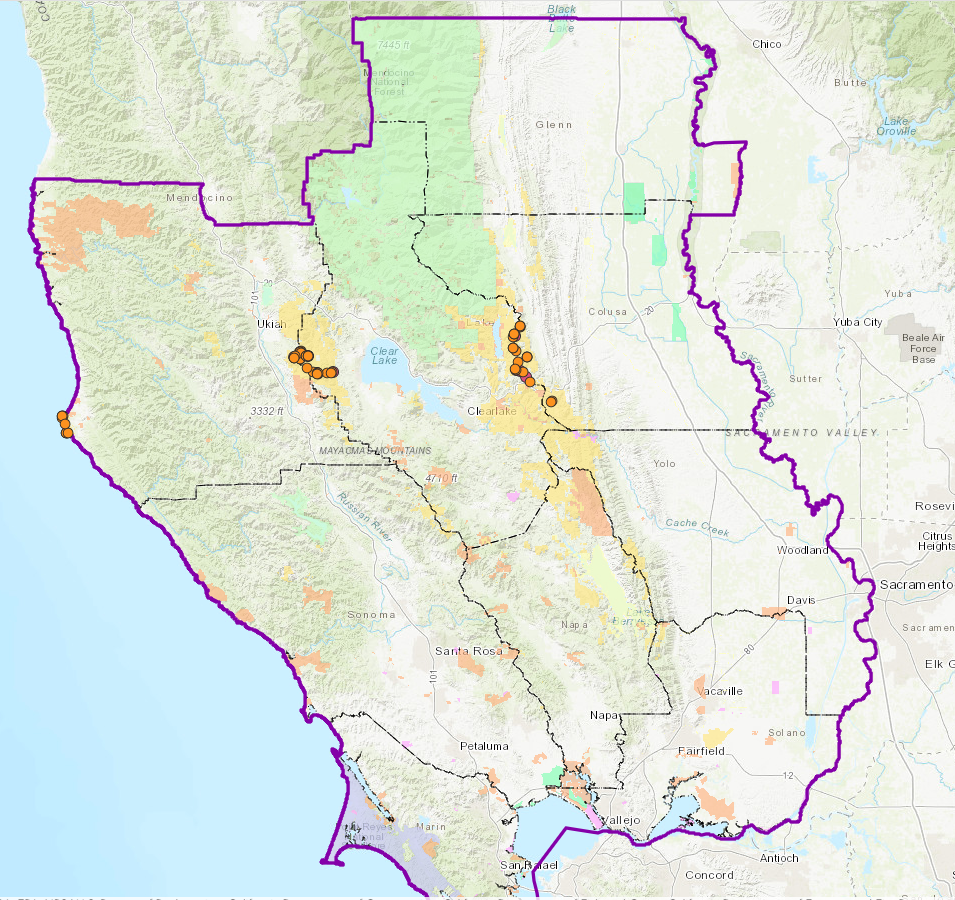
Los terrenos de BLM aparecen en amarillo. Las zonas visitadas en la Oficina de Campo de Ukiah (de oeste a este) incluyen el Monumento Nacional de la Costa de California en Point Arena, la zona recreativa de South Cow Mountain y Indian Valley. Cada zona está representada por un grupo de puntos naranjas que indican las poblaciones de plantas exploradas.
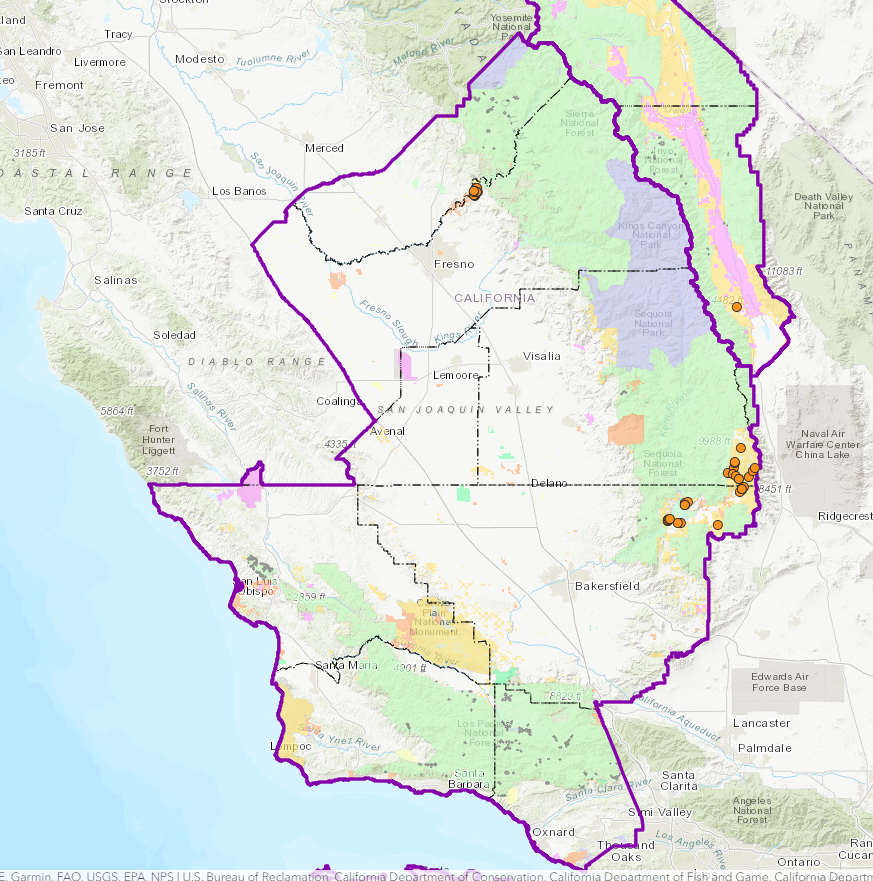
Las zonas visitadas en la Oficina de Campo de Bakersfield incluyeron el Área Recreativa Especial del Desfiladero del Río San Joaquín y la Región del Lago Isabella. En el mapa, los terrenos de BLM aparecen sombreados en amarillo. Los puntos naranjas del mapa indican las poblaciones donde se recogieron datos, especímenes y semillas.
Figura 1.
Cada pocas semanas, volvíamos a cada lugar para explorar nuevas poblaciones de plantas en flor o para recoger semillas de las poblaciones que habíamos explorado anteriormente. Si las semillas estaban maduras, era el momento de recolectarlas. Pero primero teníamos que asegurarnos de que una población cumplía los requisitos para una recolección SOS. En primer lugar, inspeccionamos la viabilidad de las semillas realizando una prueba de corte en el campo. Para ello, Matt o yo utilizamos un cuchillo o una cuchilla de afeitar para cortar una semilla por la mitad y examinarla con una lupa de mano. Si las semillas parecían sanas y llenas, podíamos pasar al siguiente paso. En segundo lugar, calculamos la producción de semillas para asegurarnos de que se podían recolectar 80.000 semillas sin tomar más del 20% de las semillas disponibles. Recolectar el 20% o menos de las semillas disponibles ayuda a garantizar que no estamos haciendo daño al recolectar en exceso. Si se cumplían estos requisitos, se procedía a la recolección.
Además de recolectar de forma conservadora, también es importante obtener una representación exacta de la diversidad genética de una población y del área de distribución de la especie para evitar futuras inadaptaciones o cuellos de botella genéticos en las poblaciones restauradas. Para captar la mayor diversidad genética posible, recogimos muestras de más de 100 individuos de forma uniforme y aleatoria en toda la distribución de la población. Cada recolección era un paso más hacia nuestro objetivo, pero lo más gratificante fue que tuvimos la oportunidad de observar una población de plantas a lo largo de todo su ciclo vital reproductivo. No sólo pudimos identificar las plantas en su fase de floración, sino que también nos familiarizamos con el aspecto de sus semillas y el número medio que producen. Observar las plantas a lo largo de todo su ciclo vital es algo que todo el mundo puede experimentar para conocer la flora local. Lo más fácil es centrarse en las flores silvestres anuales, que completan su ciclo vital en un solo año. Si hay alguna planta autóctona que le guste especialmente, le animo a que explore su aspecto a lo largo de todas las etapas de su ciclo vital (por ejemplo, plántula, floración, fructificación, etc.).
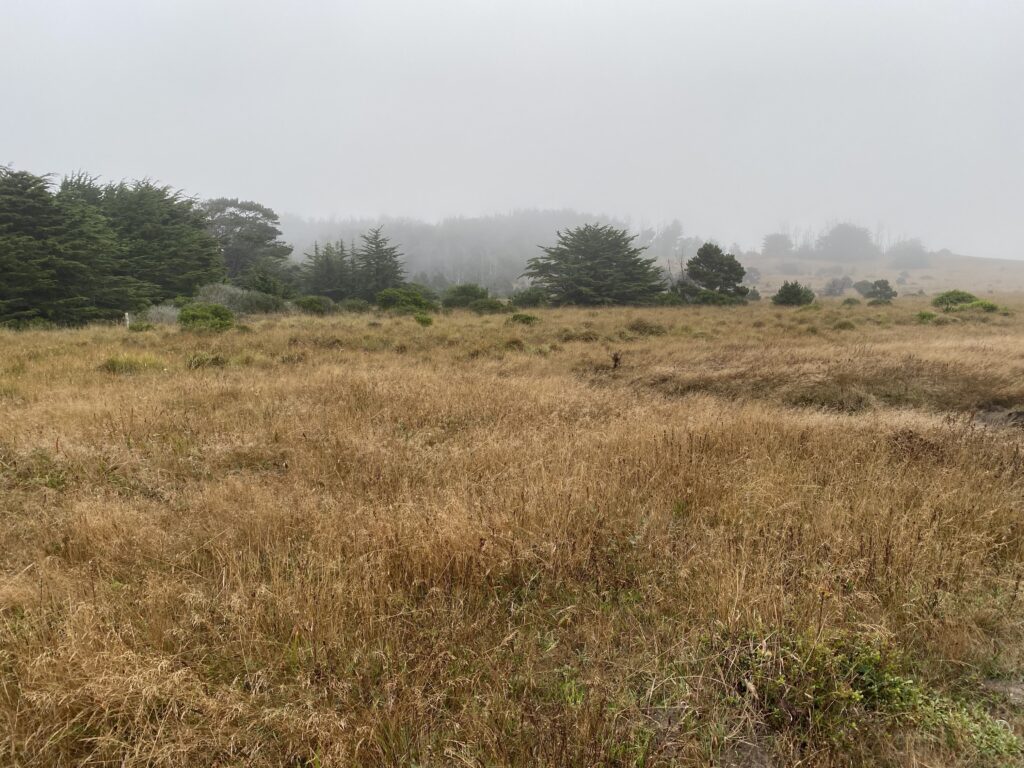
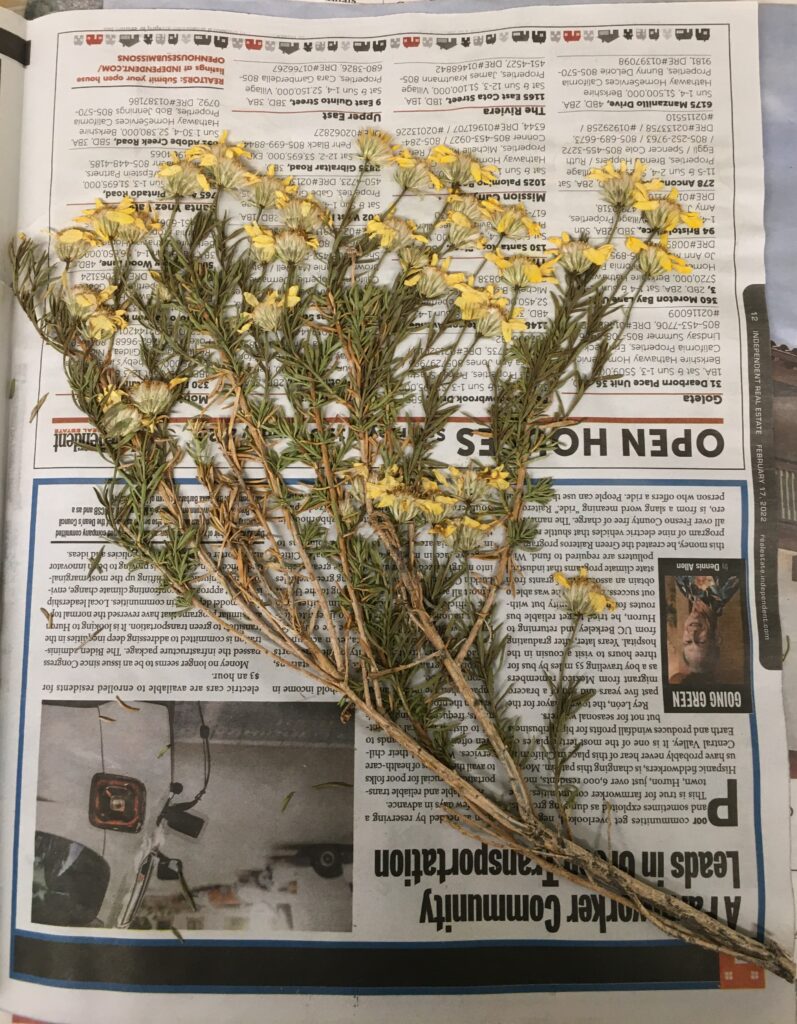
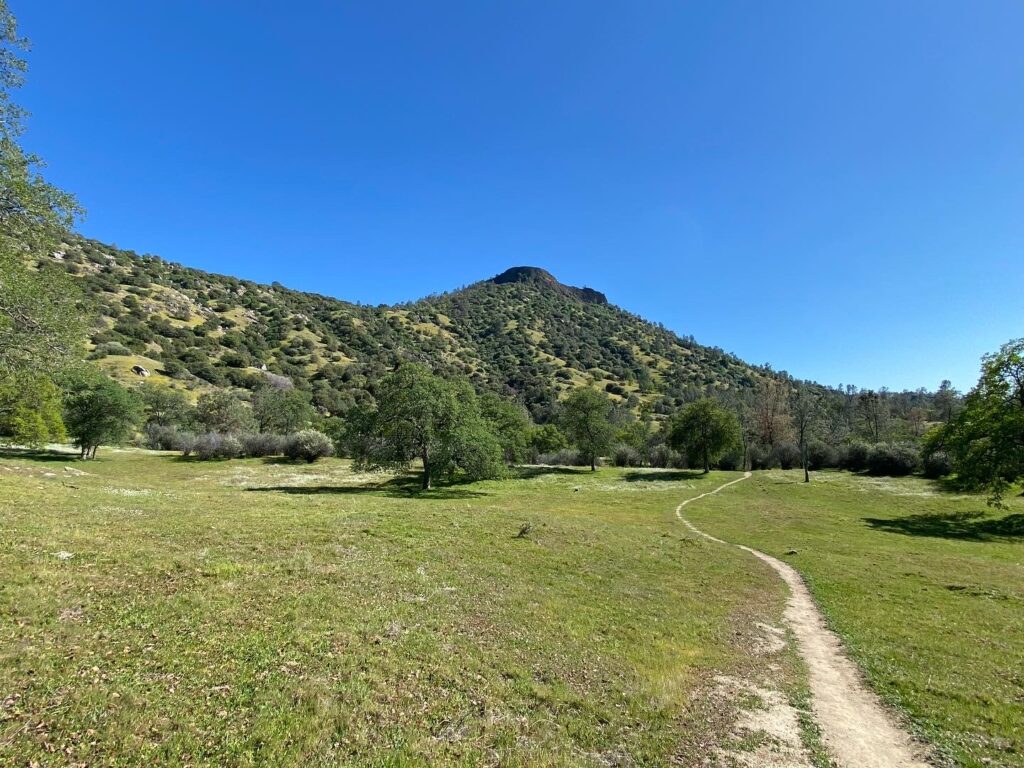
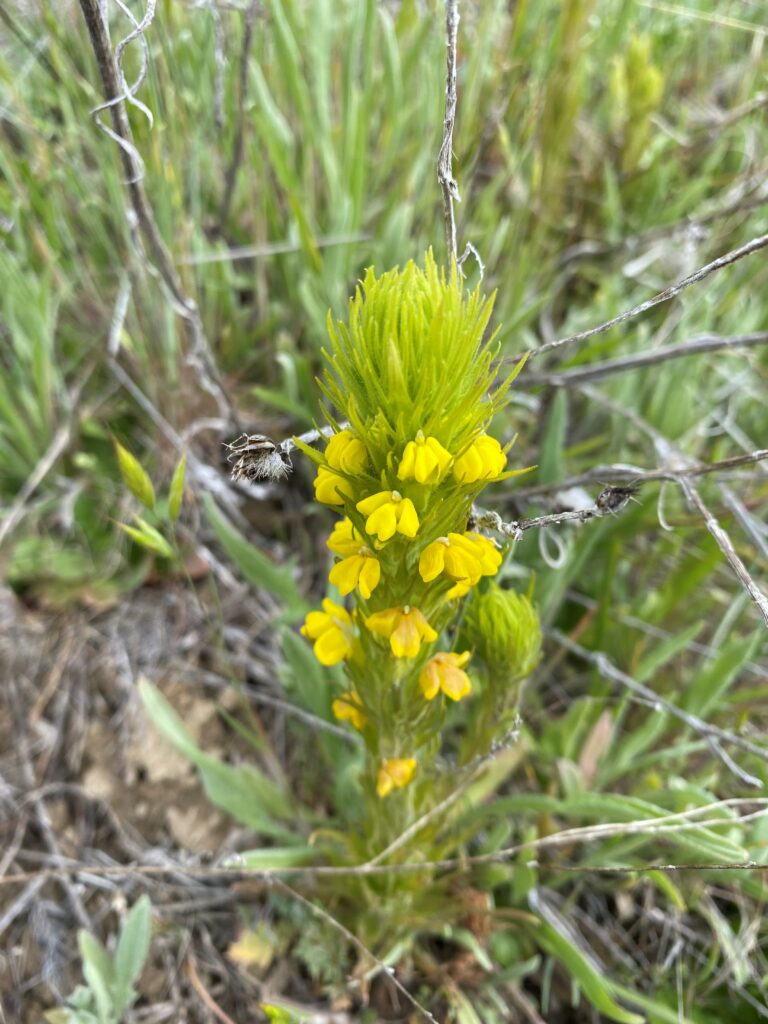
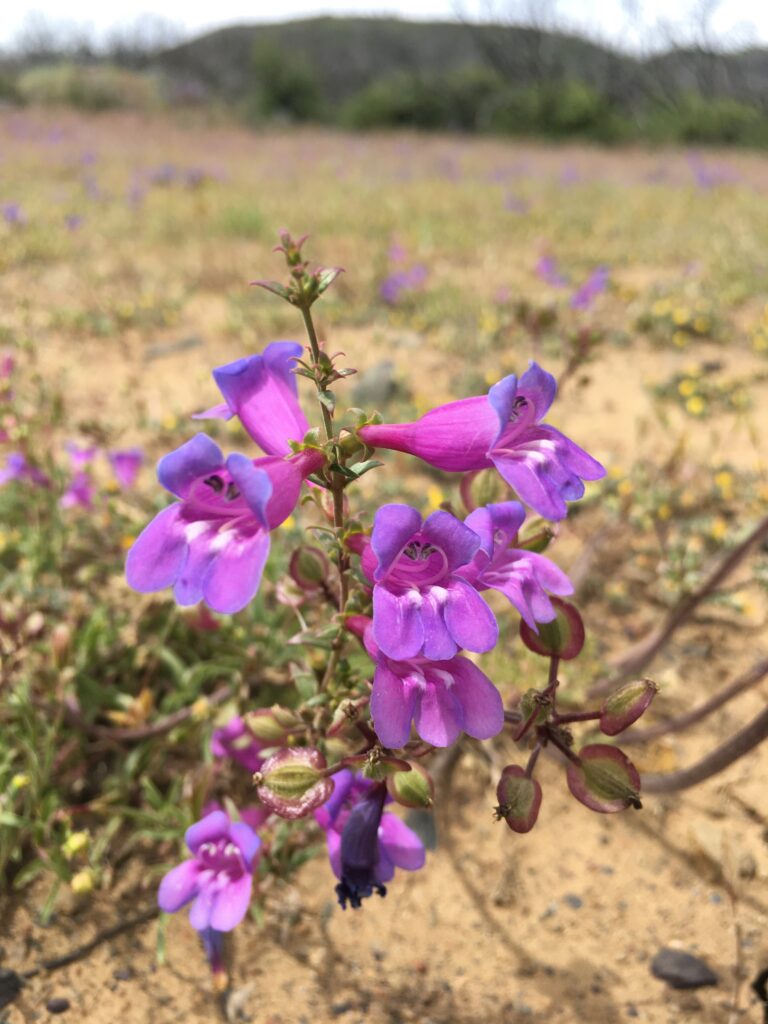
¿Cuál es el futuro de estas semillas?
Al final de la temporada de campo hicimos 41 recolecciones en ambas oficinas de BLM, lo que nos dio un total estimado de 1.912.465 semillas de 33 taxones únicos. Esto significa que el Jardín contribuyó con casi dos millones de semillas a la futura conservación de los terrenos de BLM en tan sólo un año. Sin embargo, la recolección de las semillas es sólo el primer paso en su viaje hacia la restauración. Una vez de vuelta en el Jardín, estas preciosas semillas se empaquetaron en bolsas de papel marrón etiquetadas individualmente, se metieron en una caja y se entregaron en mano en la oficina de campo de BLM designada. Desde allí, se dirigirán a un laboratorio nacional de semillas en Bend, Oregón, para ser cuidadosamente limpiadas y contadas. Y aún así, su viaje está lejos de terminar. Tras la limpieza, las semillas tienen varios caminos posibles. Las primeras 3.000 semillas de una colección se almacenan a largo plazo en el Laboratorio Nacional para la Preservación de Recursos Genéticos del Departamento de Agricultura de EE.UU. (el banco nacional de semillas de nuestro país) en Fort Collins, CO, para que actúe como reserva genética de las poblaciones de plantas silvestres. Otras se almacenarán a corto plazo en Bend para su posterior uso en asociación con agricultores locales con el fin de aumentar la disponibilidad de semillas autóctonas allí donde se vayan a utilizar. Imagínese un campo de fútbol lleno de flores silvestres autóctonas de California cultivadas y cosechadas para aumentar la cantidad de semillas para la restauración. La tercera opción para nuestras semillas es la asignación a un proyecto específico. Según el protocolo técnico de SOS, "los proyectos que utilizan semillas de SOS pueden incluir la rehabilitación y restauración de incendios de emergencia, hábitat de vida silvestre, hábitat de polinizadores, hábitat de especies amenazadas y en peligro de extinción, y revegetación de bordes de carreteras y estabilización de vías fluviales... Las colecciones de SOS se centran en áreas que pueden ser vulnerables al cambio climático y a fenómenos meteorológicos extremos, como huracanes, inundaciones, sequías e incendios forestales", por lo que cada semilla viable recogida tiene el potencial de ayudar a promover ecosistemas sanos y la biodiversidad frente al cambio climático. En el futuro, cuando camine por las zonas restauradas, ¡podría ver las plantas cultivadas a partir de las semillas que hemos recogido!
Más allá de la recolección de semillas, el Equipo de Conservación de Plantas Raras del Jardín lleva a cabo actividades de conservación e investigación en todo el estado y colabora con múltiples socios locales, estatales y federales para salvaguardar la notable diversidad de plantas raras de California, tanto en nuestro banco de semillas de conservación como en la naturaleza. Ya sea para el SOS o para otros proyectos, las semillas que recoge nuestro equipo facilitarán la futura restauración en las regiones de las que fueron recolectadas.
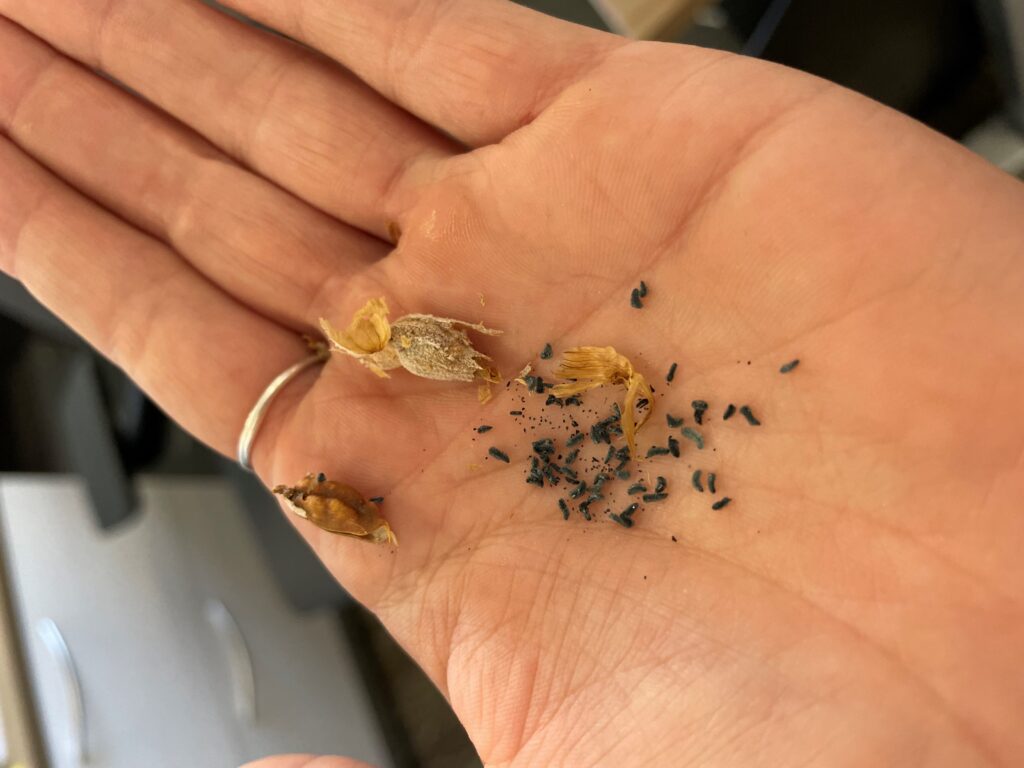
Después de una larga temporada de campo, la multitud de colecciones que el Equipo de Conservación de Plantas Raras trae de vuelta al Jardín necesitan ser limpiadas y contadas. Contamos con la colaboración de voluntarios para asegurarnos de que estas semillas cumplen su destino de conservación. Si le gustaría pasar unas horas aprendiendo sobre las semillas que recogemos y ayudando en esta parte tan importante de la conservación, póngase en contacto con Heather Schneider, bióloga de plantas raras del Jardín.
Hschneider@SBBotanicGarden.org
Encontrará más información sobre el programa SOS en el sitio web de BLM, en este enlace:
 Donar
Donar